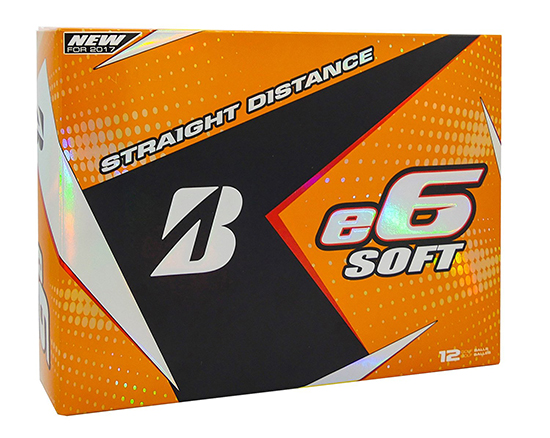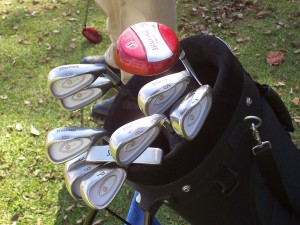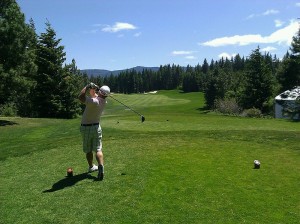As always, check with your doctor before beginning any exercise program.
Most high handicap golfers could improve their swing and score by exercising regularly. While not required to enjoy golfing, a regular exercise program will increase your strength and flexibility thus adding distance and accuracy to your shots.
There are many golf fitness programs on the market specifically geared toward improving your golf game. Most of these programs provide exercises that strengthen and stretch the muscle groups used during a golf swing. Targeting these muscle groups can take a good golfer’s game to the next level. While these golf specific exercise routines can also benefit the high handicap golfer, I’m not convinced they’re necessary for the vast majority of high handicap golfers to reach shooting 90.
I would argue a general exercise program would be more beneficial to the high handicap golfer in both general health and shooting bogey golf. A large number of amateur golfers probably do not regularly exercise. Going from doing nothing to regularly performing a golf specific exercise program may not be sustainable.
A general exercise program will help control your weight, combat high blood pressure and diabetes, boost your energy, promote better sleeping and even improve your sex life. A good overall exercise routine will target flexibility, strength and endurance. Improvement in these three areas translates into a better, more powerful golf swing and more energy towards the end of your round.
Having more muscle flexibility means you’ll have a more complete, fluid swing. You will be able to more easily rotate your torso through your backswing and follow through. Greater flexibility is achieved through stretching your muscles on a regular basis. There are many stretching programs available today. The one I use is Stretch Max with Cathe Friedrich. It is a sixty minute DVD that is divided into three twenty minute segments. One segment involves just an exercise mat, the second uses a stability ball and the third utilizes resistance bands. I rotate through the segments doing a different twenty minute segment twice a week.
While muscle strength isn’t the major determining factor in golf shot distance, generally speaking adding muscle strength will add yardage to your shots. There are several different methods available for strength training. Most people either use machines or free weights. Different locations are also an option – you can join a gym or workout at home. I use the Weider Pro 4850 which is a relatively inexpensive but fully functional home gym. Unfortunately it is no longer made but the Body Solid EXM1500S, although a bit more expensive, is a quality home gym. The book The Great Home Gym Handbook does a nice job of explaining home gym exercises and helping you create a strength program. I strength train for thirty minutes twice a week.
Cardiovascular exercises help build your endurance and give you a highly level of energy for a longer period of time. As with the other areas of an exercise program, there are almost endless ways to work your cardiovascular system including dancing, kick boxing and running. Walking is the easiest method while still being beneficial. You can start by walking the course during your round. Build on that by taking a few evening walks during the week with your spouse, significant other, or dog. Try to work your way up to a 5 km (3.1 mile) walk with a brisk pace.
Hopefully you will consider implementing an exercise program today. Please do not use the excuse of not having any time. Your health is too important for that. As I have explained in this article, I spend roughly two and a half hours a week exercising. Most of us could easily cut two and a half hours a week out of our TV watching schedule. Your golf game will see improvement from regular exercise.


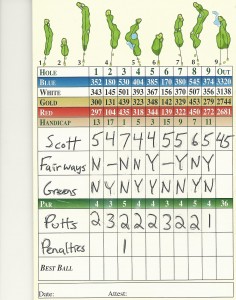

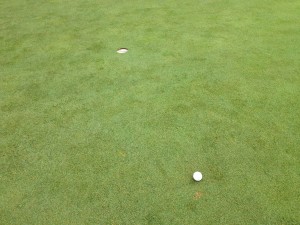


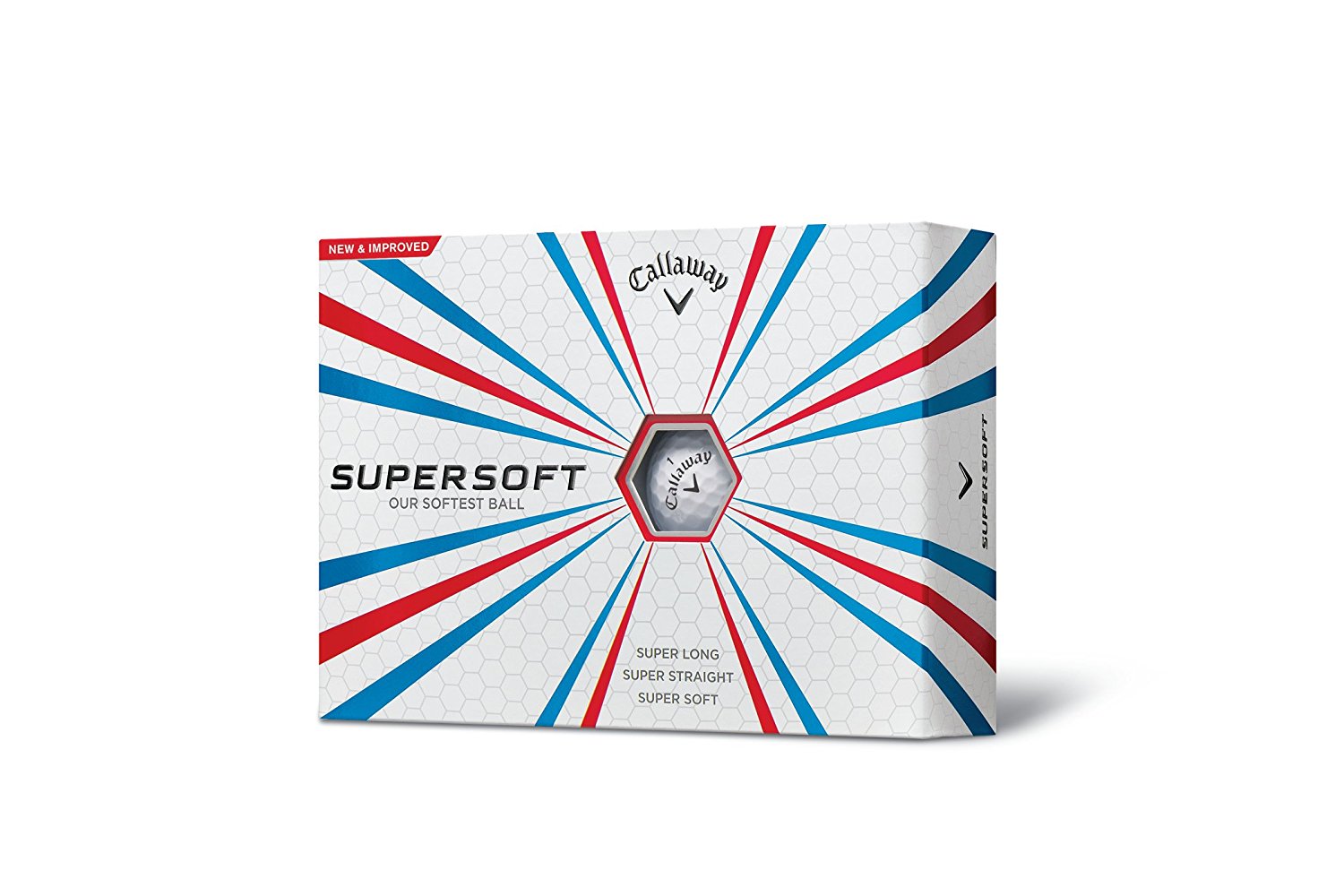
 Bridgestone Extra Soft Golf Balls
Bridgestone Extra Soft Golf Balls

